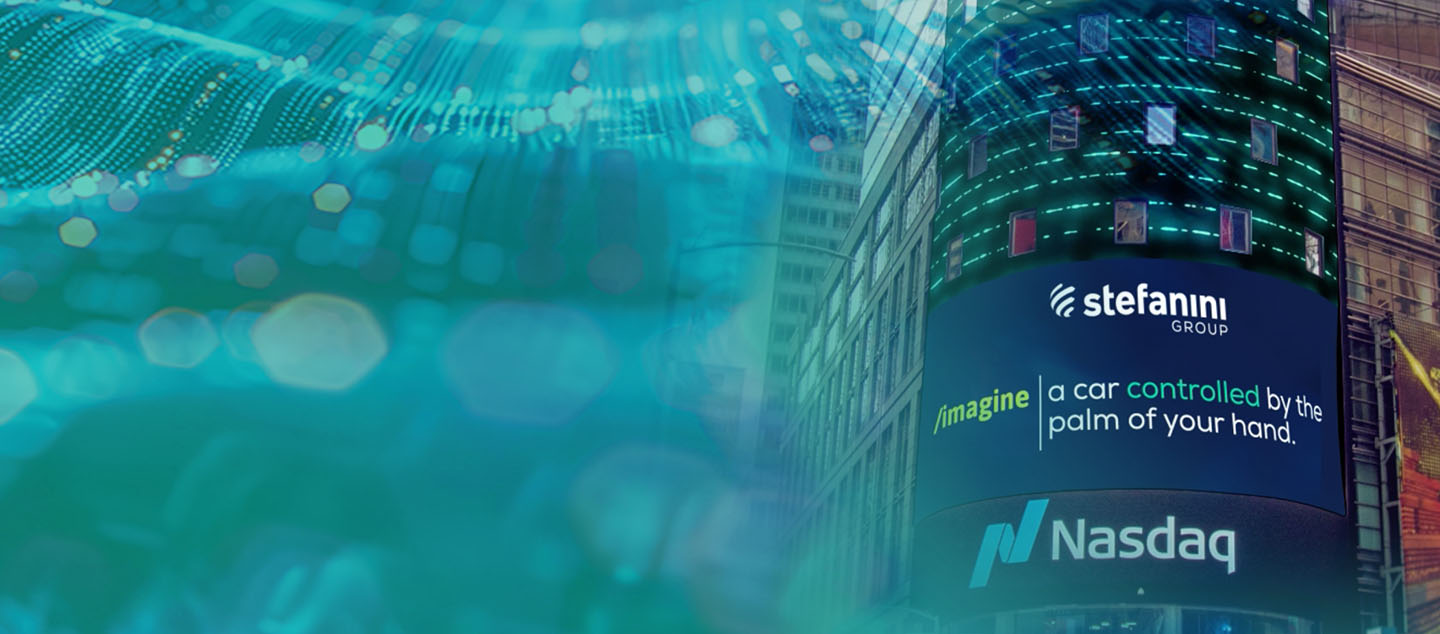Many businesses rely on legacy programs to run their day-to-day operations. However, your cloud approach should not be derailed by out-of-date software.
For many businesses, moving from a data center to the cloud represents a watershed moment. How well your team plans, understands the subtleties of this transition, and executes it to support the organization’s strategic business objectives will determine how well your company navigates the various considerations involved.
To get the most out of a cloud transformation, your company has to understand cloud migration, cloud-native architecture, and application modernization, at least to start. We break down those terms and more in this Trends blog – read on for answers!
How much should you expect to spend on cloud migration? Check out this blog post!
Benefits of Application Modernization
Gartner estimates that the cloud services business will grow at approximately three times the rate of overall IT services through 2022. Further, the growth of application modernization could be worth $24.8 billion by 2025. As a result, businesses are anticipating either just migrating to the cloud or completely revamping their organizations using the application modernization guided migration approach.
Here are a few benefits central to application modernization:
- It is very expensive to keep an outdated legacy IT system running. However, by upgrading antiquated technology, organizations can save up to 13 percent on operational expenditures, increasing their annual revenue by more than 14 percent in the process.
- 75 percent of consumers are ready to pay more for an amazing customer experience, something that is best supported by a fully updated cloud.
- When complex bureaucracies associated with large projects are removed, IT productivity increases by up to 30 percent.
- Skilled individuals want to use and understand innovative technology; modernizing in the cloud can increase current and new employees’ motivation by up to 40 percent.
- Updated, newer technologies can empower enterprises to deliver error-free apps, defects and minimize faults by 60 percent.
- Because updated, streamlined applications are already market-ready, the go-to-market process and shipment of new items is up to 60 percent faster.
What should you look for in a cloud service provider? Get our tips here!
Migration versus Modernization: What’s the Difference?
Migrating legacy applications entails a “life and shift” that moves your existing infrastructure to the cloud. This move has the potential to save your business both money and time. However, it fails to provide your applications with a long-term growth strategy and lacks the big picture vision that can propel your firm to new heights.
Expecting to migrate your apps and systems to the cloud and run them in the same manner as before with the same business processes undermines the full benefits of cloud computing. Wherever practical, your migration to the cloud should focus on a cloud-native implementation to be ready for innovation, take full advantage of scalability, and experience considerable cost savings.
What does it mean to be cloud native? The components of cloud architecture were built from the ground up to function in the cloud, and they operate differently than the hardware-specific software in your data center. Scalability, portability, resiliency, performance, and reliability are all features of the cloud. Serverless computing’s automatically scalable applications are underlying resources that are invisible to the user and require no management to provide a platform that supports a series of cloud-specific functionalities.
Cloud modernization, on the other hand, can perform wonders for tiny firms with limited resources. The most crucial component is that you involve all of your business units in the process so you can anticipate the effects of the change.
Migration combined with an infrastructure modernization project can improve your enterprise’s overall operations and give your technology a fresh perspective. It can promote cross-departmental communication and collaboration, as well as streamline processes and workflows. Real-time reporting also provides companies with meaningful information that enable them respond to issues faster and satisfy client needs more efficiently.
Application Modernization Terms to Know
Replatforming and rearchitecting – often known as refactoring – are the most common examples of modernization approaches. Both are viable options for strategic, business-critical applications. To determine which of these approaches is suitable for your application modernization strategy, perform a cost-benefit analysis.
Applications can benefit from basic cloud capability and cost savings by replatforming. Up-versioning components like a database to optimize them for cloud infrastructure is normally a less-intensive level of work.
Rearchitecting an application is more time-consuming and typically involves rewriting large sections of code to guarantee that apps benefit from cloud-native capability. Refactored apps, while more time and resource-intensive, can optimize the operational and economic efficiencies afforded by the cloud since they can fully utilize cloud functions like as elasticity and auto-scaling, which can result in significant savings. Rearchitecting business-critical old applications is a common practice.
5 Steps to Modernizing Cloud-Native Apps and Increasing Business Value
A cloud migration can help businesses save money and gain more control over their operations. Cloud computing provides companies the ability to scale up or down resources based on business demand and keep expenses under control. Here’s how you can ensure you’re not just moving applications to the cloud, but actually capturing its value:
- Use a scalable and automated cloud foundation for newly upgraded applications; this landing zone (provided by partners like Amazon Web Services) provides a secure and managed environment in which apps can operate efficiently.
- Containerize any application components that cannot be replaced by cloud-native services. Containerizing these components can improve operational consistency, portability, and efficiency in places where the application cannot take advantage of cloud-native features.
- Investigate innovative designs such as microservices, which allow employees to work in small groups. Microservices eliminate bottlenecks while increasing flexibility, expediting delivery, and lowering risk by allowing teams to work independently of one another.
- Full-stack automated deployment leveraging Infrastructure as Code (IaC) and CI/CD pipelines adds automation across the cloud environment. Not only will the newly rearchitected applications benefit from cloud-native services, but they will also be able to be automatically updated and maintained, assisting the organization in making continual improvements.
- Examine whether emerging technologies such as artificial intelligence and machine learning can help the newly modernized app even more. These kinds of integrations can help open up new business prospects by providing sophisticated data insights or new functionalities that meet changing client demands.
Ready to leverage the latest technology in the cloud? Learn more here!
Capture the Full Potential of Your Cloud Journey with Stefanini
Stefanini can assist you and your company, regardless of size, with cloud adoption and deployment, whether you want to fully migrate or just test the waters. Our staff is ready to supply you with the most up-to-date and effective digital transformation solutions to aid in the optimization of your company.
Our team of experts will examine your operations and use their knowledge to choose the technology that best meets the needs of your application modernization strategies.
Are you ready to get started? To speak with a professional, contact us right now!



















